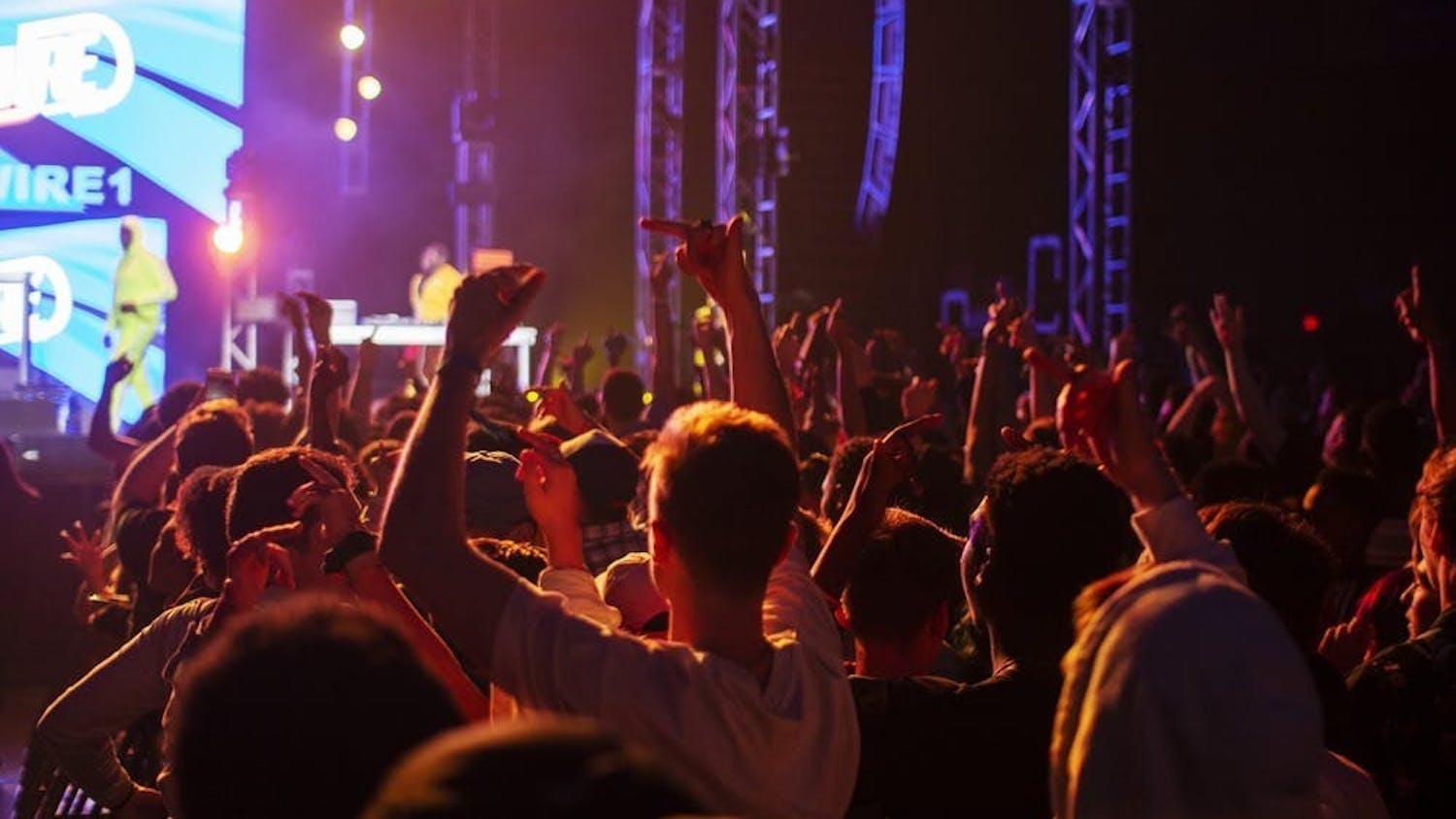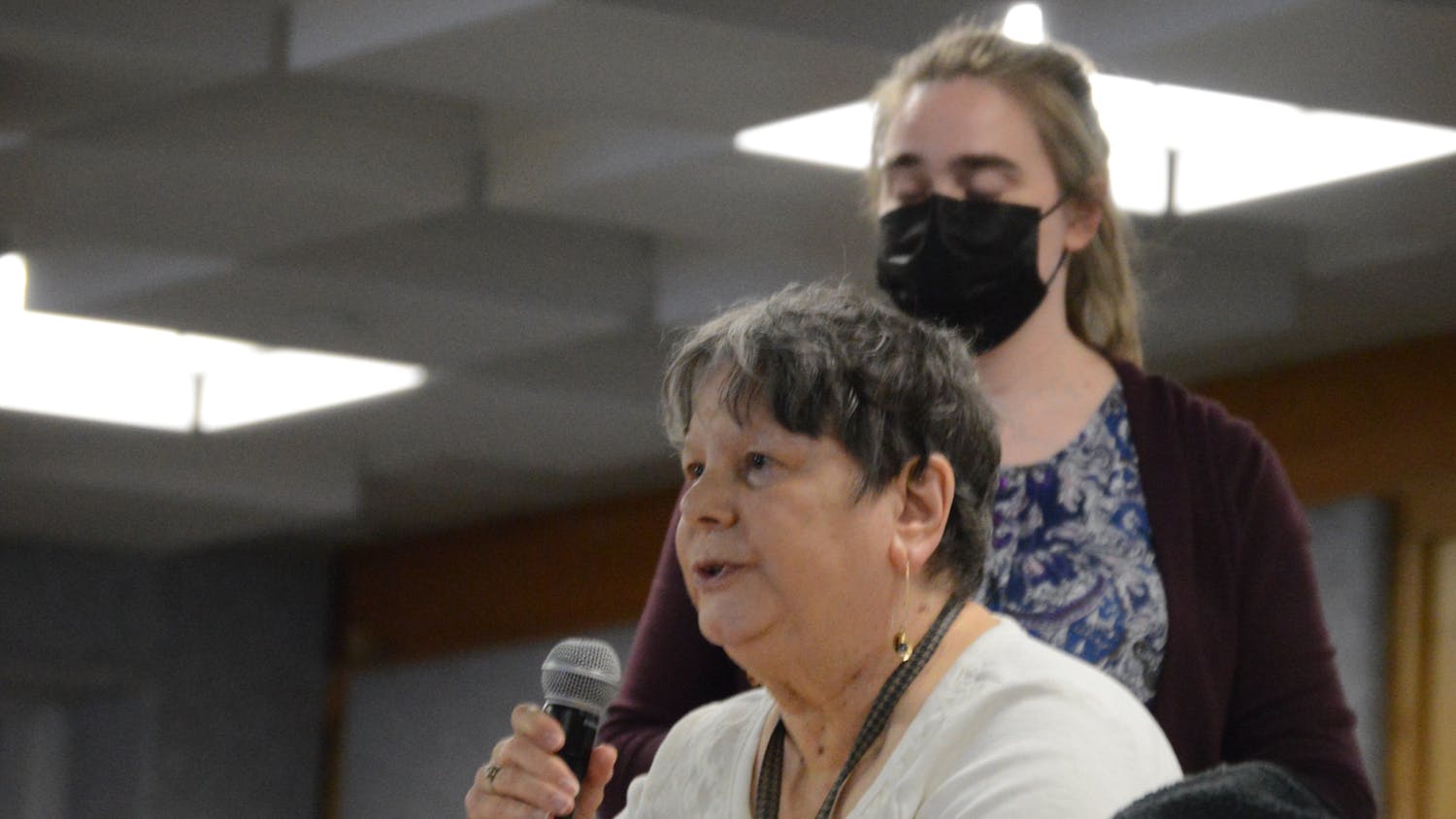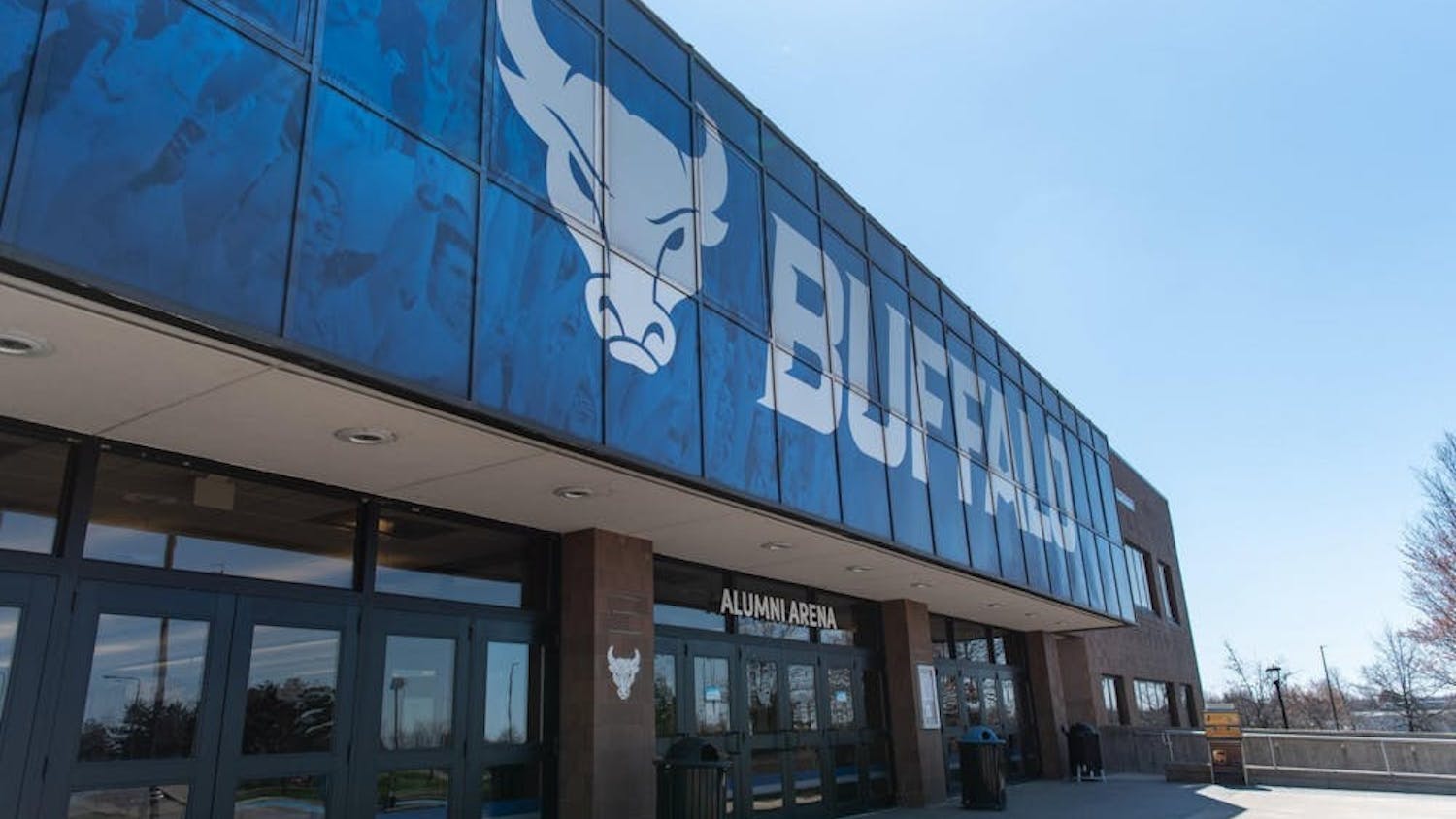UB operates on Seneca Nation territory while American Indian students and faculty still struggle to find representation on campus.
In a university with over 20,000 undergraduates, only 59 enrolled this spring are American Indian. In comparison, there are roughly 8,000 members of the Seneca Nation living in Western New York. There are only eight American Indian faculty members currently teaching at UB, and the closest thing UB has to a Native studies department is a degree in American studies under the transnational studies department.
UB used to offer Seneca Nation language classes, but stopped about 10 years ago. The university requires Seneca Nation language instructors to have a Ph.D in order to teach Seneca language courses, but potential instructors cannot earn a Ph.D in the first place if UB does not offer these courses. Theresa McCarthy, a professor in American studies, said the university is reportedly working to bring the language courses back but with little administrative support.
The First Nations SA had a derecognition meeting and stopped being a club due inactivity last February. The end of the club brings the American Indian representation on campus down to only one group, the Native Graduate Association. This contributes to continued ignorance about American Indian culture.
The university should develop a standalone department for American Indian studies to bring to light the struggles of American Indians over the course of U.S. history, from the Trail of Tears to the more recent protests against the Dakota Access Pipeline. More recognition of American Indians will bring attention to problems facing them and help make UB more diverse.
Public education frequently fails in addressing issues faced by indigenous populations and the country’s history of violence against American Indians.
High school students learn about slavery and the Holocaust, but schools often leave out indigenous issues, such as the American Indian boarding schools, forced sterilization or America’s history of stealing indigenous land.
UB is beginning to make more efforts toward American Indian representation. The Office of Inclusive Excellence created an Indigenous Inclusion committee on its leadership council and faculty fellowship program.
UB women’s basketball player Summer Hemphill is a proud registered member of the Seneca Nation. This past summer, the Bulls held a combine on the Seneca Nation reservation for kids interested in playing basketball. Efforts like this are crucial for attracting American Indian students to the university. For a school in an area with such a significant indigenous population, it is unacceptable that UB’s indigenous student enrollment is abysmally low.
UB focuses a lot of effort on recruiting globally, with a current international student population of 4,683. International students pay much higher tuition than domestic students, which is likely a large reason behind the university’s international recruitment.
For a university that touts diversity as a core value, the representation of American Indian, African-American and Hispanic populations is disappointingly low. Seven percent of the student body is African-American and 6 percent is Hispanic as of fall 2015. Of 2,513 faculty members at UB, only 98 were black, according to UB spokesperson John Della Contrada.
If the administration wants to claim UB is diverse, they need to be willing to hire some of the many talented indigenous scholars in this country, as well as other faculty of color.
Beyond efforts to increase enrollment, UB has a responsibility to acknowledge that the campus is built on indigenous land. Other than Red Jacket dorm –– named for a Seneca Nation chief who received a peace prize from George Washington –– there is no acknowledgment of the Seneca Nation history on this campus. The university needs to actively educate students about the land they are living and learning on.
The opinion desk can be reached at opinion@ubspectrum.com.




